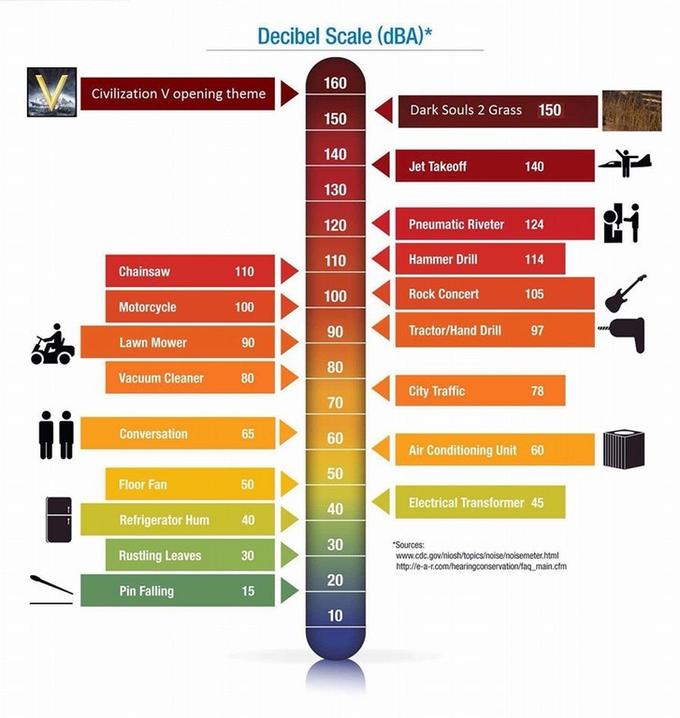

Sound ratings are used to identify how well a product or material blocks the movement of sound.

The more a material impedes different frequency ranges, the greater the transmission loss. Transmission is the movement of sound energy between and through different materials, like doors, walls, ceilings, floors, and even the air. The converted sound waves are not reflected or transmitted. The more vibrational sound energy the material traps and turns into heat, the better it is at absorbing sound. A Piccolo has a high pitch that reaches 3800 Hz, while a double Bassoon can have a low pitch of 33 Hz.Ībsorption refers to how a material handles or controls sound waves or energy. If that room is full of pre-adolescents producing 70 dB of sound at a higher pitch, the noise heard after the door is closed may be 65 dB, so a transmission loss of only 5 dB.įrequency is measured in Hertz (Hz) and represents the tone of a sound, similar to a musical note. It is important to understand that pitch affects transmission loss too. If we have a noisy room full of teenage boys creating 70 dB of noise, and when we shut the door the noise on our side drops to 50 dB, we have a transmission loss of 20 dB. Transmission loss (TL) is the amount of sound loss from the source as it passes through a door, wall, ceiling or floor, or some other obstruction. The rustle of leaves is approximately 20 dB or 100 times louder than total silence, and 50 dB – 60 dB is a conversation level – 100,000 to 1,000,000 times louder than silence. The basics of sound transmission use specific terms as references, so others know what is happening, or going to happen.ĭecibels (dB) are used to measure how loud a sound is compared to silence. The Basics of Sound Transmission Understanding Sound Ratings Sound Transmission Class (STC) Sound Transmission Loss (TL) STC Class: What Can We Hear? What is an STC Rated Door? STC Ratings for Doors Interior Doors Exterior Doors Acoustic Doors How to Improve STC Rating Conclusion The Basics of Sound Transmission


 0 kommentar(er)
0 kommentar(er)
